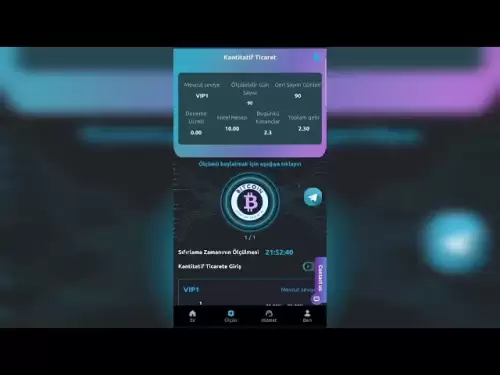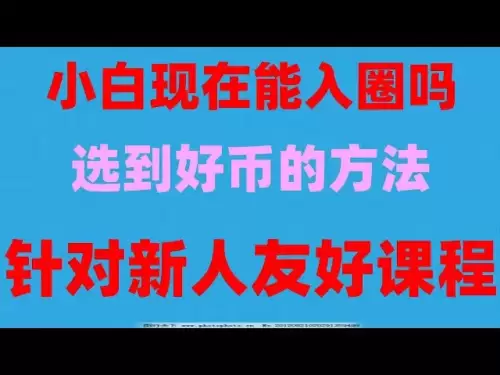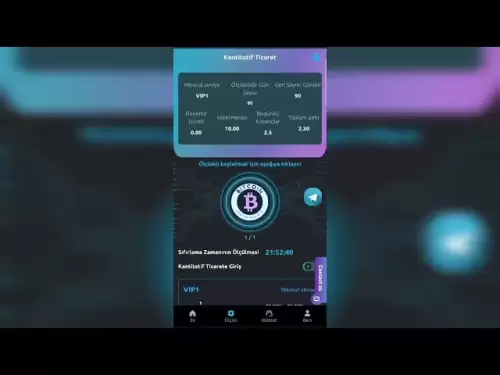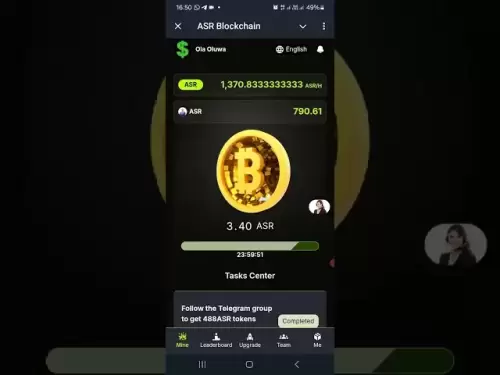 |
|
 |
|
 |
|
 |
|
 |
|
 |
|
 |
|
 |
|
 |
|
 |
|
 |
|
 |
|
 |
|
 |
|
 |
|
Cryptocurrency News Articles
A COIN worth thousands could be sitting in your spare change.
May 22, 2025 at 05:21 am
Not only is it from a notable year, but it contains one of the rarest errors American cents can have.

A COIN worth thousands could be sitting in your spare change.
Not only is it from a notable year, but it contains one of the rarest errors American cents can have.
Pennies, nickels, dimes, and quarters from a variety of years that contain a unique history or minting errors have sold for hundreds of thousands to millions of dollars at auction.
Uniqueness directly correlates to worth when it comes to coins, and the United States Mint has produced some special additions, whether by accident or on purpose, since it made the first circulating cents in 1793.
While things first began in Philadelphia, the US Mint has five other locations around the country today: Fort Knox, Denver, San Francisco, Washington DC, and West Point.
The Mints make coins with two types of “strikes,” either business or proof.
Business struck coins meant for circulation to be used in American commerce.
Proofs are crafted to be collected, typically containing a shinier surface and having more detail.
A proof quarter from 2000 is one to watch out for if you want to make some serious cash.
It’s actually not even a quarter, as it was supposed to be a one-dollar coin featuring Sacagawea.
MULE MIXUP
They were only struck at the Philadelphia mint in the summer of 1999, with 39 made as a test.
Only 12 versions currently reside in Fort Knox.
Somewhere along the way, the planchets used to make the Sacagawea golden one-dollar coin and those for a standard quarter from 2000 were mixed up, creating what’s called a “mule” error on one specific coin that sold for a whopping $88,125 in 2013, per Heritage Auctions.
The reverse (tails) side of the gold coin contained what it was supposed to: the “ONE DOLLAR” across the bottom, “E Pluribus Unum,” and an American Eagle.
Except, on the obverse (heads) side of the coin, there was the quarter strike with former President George Washington and a small “P” stamp for the Philadelphia Mint.
That’s a classic “mule” error, which is essentially mismatching heads and tails sides from other coins.
This has happened before with Lincoln pennies, where the tails side contains the strike for a Roosevelt dime.
Those go for thousands at auction as well.
QUALITY PRESERVED
So not only did the “mule” error make the 2000-P Sacagawea Dollar valuable, but it was also in great shape.
The Professional Coin Grading Service (PCGS) awarded it a Mint State (MS) 66.
For reference, the Grading Standards scale goes from one to 70, so a 66 means it’s in very good condition with few scratches or fading.
Americans should also remain aware of other coins they could find lying around that are worth some serious money.
A Lincoln penny with three crucial letters on the back is worth $94,000, for example.
There’s even a Liberty nickel that went for $4.5 million, partially due to its “glittering” surface.
Disclaimer:info@kdj.com
The information provided is not trading advice. kdj.com does not assume any responsibility for any investments made based on the information provided in this article. Cryptocurrencies are highly volatile and it is highly recommended that you invest with caution after thorough research!
If you believe that the content used on this website infringes your copyright, please contact us immediately (info@kdj.com) and we will delete it promptly.
-

-

-

-

-

- Apollo Launches $785 Billion AUM Tokenized Credit Fund ACRED on Solana
- May 22, 2025 at 11:50 am
- Apollo Global Management, which manages $785 billion in assets under management (AUM), is launching its tokenized credit fund, ACRED, on the Solana blockchain. This initiative is facilitated through partnerships with Kamino Finance, Securitize, and SteakhouseFi. ACRED will be issued as a regulated sToken by Securitize and aims to unlock borrowing, leverage, and decentralized finance (DeFi) strategies for real-world assets (RWA) on Solana, marking the platform's first RWA offering.
-

-

-

-





























































